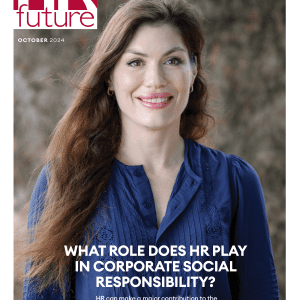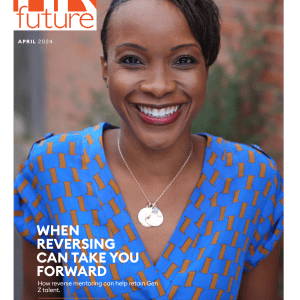What you need to know about HR Frameworks to get the most out of them.
HR is full of frameworks. There are Dave Ulrich’s ever-evolving models of the roles that exist in HR (e.g., strategic, business partner, administrative, employee champion) and there are the frequent diagrams with HR functions arranged in a circle (e.g., compensation, recruitment, training, and so on). Every consultant seems to have their own frameworks they want you to adopt.
Since frameworks are inescapable, you need to understand the good, the bad and the ugly of HR frameworks.
The good
Frameworks are good for taking a complex set of activities and summarizing them into an easy-to-understand image. HR leaders often find frameworks useful for making sense of a complicated topic, especially if it’s new to them. At their best, frameworks help you reconceptualize an issue and provide new insights.
Frameworks are also useful when the HR leader needs to sell a project to other leaders. A list of activities may not impress leaders but a pretty framework showing HR’s value can have a positive impact.
Frameworks are also useful as checklists. You can work through a framework and ask yourself if you’ve covered every element.
And that is about it when it comes to the “good” part of the equation. Frameworks are good for clarifying, communicating and checking off.
The bad
What’s bad about frameworks is that often they have no impact on what you actually do. You might learn a new framework, work through it, and discover that you are already doing everything it suggests. Learning a framework is often a waste of time since it doesn’t lead to any new actions.
Another bad feature of frameworks is that they oversimplify reality. When you sketch out a framework, it all looks simple, but when you try to apply it you find activities that are missing, activities that span between two or more categories, and activities that don’t comfortably fit the framework at all. In this case, trying to map reality onto the framework ends up creating confusion and extra work.
The simple framework may lead you to underestimate the difficulty of what needs to be done which then leads to a failed project. If you have ever tried to run a change management initiative simply by following a popular change management framework, then you’ll know the trouble a framework can cause.
The ugly
When consultants present frameworks there is often the implication that this framework offers something new and exciting that you don’t yet understand. There will be unfamiliar words and phrases; perhaps an intriguing set of arrows; and a grand name for the framework itself. If you fall for this, and I certainly have many times, then you will pour a lot of effort into mastering the framework only to end up realizing there is nothing much new. Worse, you’ll hire the consultant to do a project based on the fancy framework and spend time and money before coming to the realization that it’s just a reframing of old ideas.
Conclusion
Sometimes frameworks are useful, sometimes they waste your time. They may help you clarify and communicate ideas; they can also be good checklists of things to consider. The problem with frameworks is they often seem to promise something more than they can deliver. Frameworks are a necessary part of HR, but they need to be approached with a healthy dose of scepticism.
David Creelman is CEO of Creelman Research, in Toronto, Ontario, Canada. He helps to elevate the analytics and business savvy of HRBPs, and is best known for his workshops on Agile Analytics, Evidence-base Management and the Future of Work. He is the author of the book Management for Scientists and Engineers.













